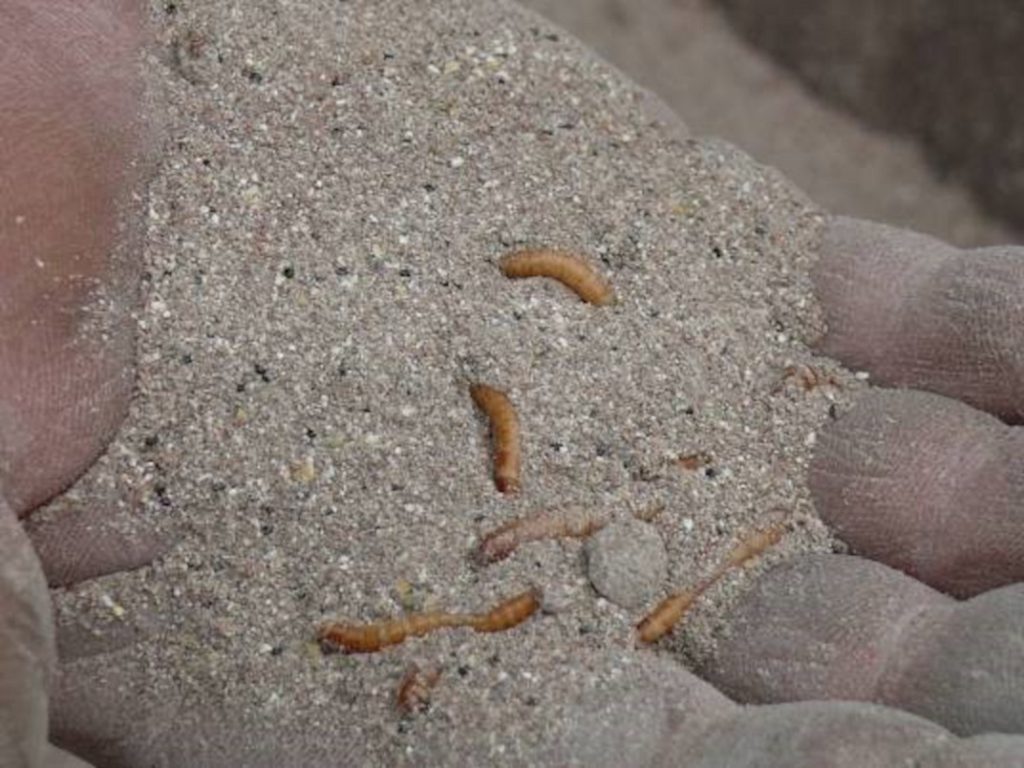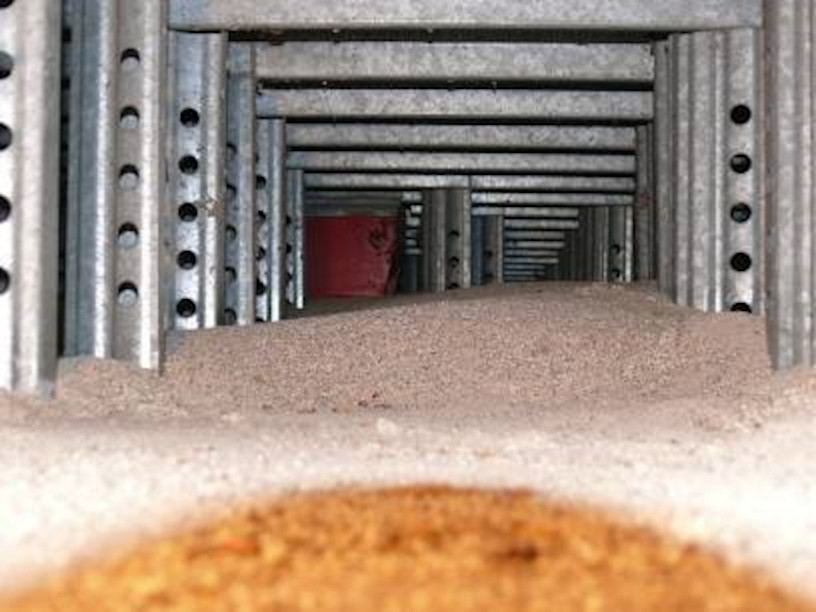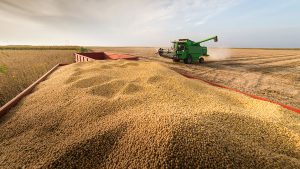Grain storage prep
AGRONOMIC INFORMATION FROM ONTARIO'S CROP SPECIALISTS

ACROSS ONTARIO, FARMERS have been building grain storages by the millions… of tonnes, that is. In 1999, Ontario had an estimated 2.75 million tonnes of grain storage capacity on farms. Twenty years later, in 2019, storage capacity had climbed to over 11 million tonnes — a four-times increase. More grain than ever is being stored on farms and it is important to set your storage up for success.
Clean out your bins thoroughly and get rid of any remnants of old grain. Old grain is a target for insects, mould, and rodents. Check for grain stuck to walls or at joints in the floor. Use a stiff-bristled broom and remove everything you can.
And speaking of the floor…. how old is your storage bin? When is the last time you took a look below the floor? For most farmers, the answer is probably “when the bin was built”. Aeration floor stops grain from falling through, but dust and fines can make their way into the air space below the floor. This creates a food source and home for insects and moulds to overwinter, just waiting for the next crop of grain (figure 1). Especially if your bin gets a lot of use, with mulitple crops being loaded and unloaded throughout the year, all that grain movement can produce a lot of fines and dust which can migrate below the floor.
It is not easy to clean below an aeration floor. Fortunately, it is easy to take a look. Chances are, you or someone you know has a smartphone with a camera. Cut a small hole in the floor, large enough to fit your hand holding a phone through. It’s a good idea to cut this hole near the centre of the bin, but not directly in line with an aeration fan. Stick the phone down and take some pictures or videos. What do you see?

Hopefully, not much. But sometimes you might find more than you expected. Floor space can easily be filled up with fines, collected over the years (figure 2). This not only can harbour insects and moulds, but also reduces the effectiveness of aeration fans by blocking airflow, making it harder to aerate your grain.
If there are a lot of fines, consider pulling up the floor and cleaning it out. If you are days from harvest, it may be too late for this storage season, but keep this in mind once you empty the bin next time. Close up your inspection hole with a small piece of sheet metal, and your storage is ready to go.

Of course, storage management doesn’t end there. Once grain is in the bin, use aeration fans regularly to keep it cool and dry. Monitor bins routinely — at least once a month — looking for signs of insects, look for any moisture on the underside of the bin roof, smell for “off” odours, and keep written records of your inspections. If problems arise, deal with them quickly, or move the grain out before things get worse.
Grain is at its best quality right at harvest time. Grain quality is really hard to improve once it is in storage, but it can degrade quickly. Proper bin preparation, good storage management, and regular aeration will help keep your grain in good shape. •










